The Art of Eating Intelligently
“To eat is a necessity, but to eat intelligently is an art.” Francois de La Rochefoucauld
Do you have a what seems like a bottomless pit in your stomach? Feeling hungry shortly after a meal? These things may be pointing to something different than the need to consume more!
Our perception of healthy portion size is something that has been drastically altered over the years. Nowadays, everything is super-size! ”Filling up” on large servings that are carb and sugar heavy leaves us feeling hungry all of the time. Unfortunately, this is not true hunger. In many cases, an inconsistent and unbalanced diet results in suppressed satiety hormones and unstable blood sugar levels. The feeling of hunger comes from the body being out of balance rather than the lack of resources.
Resetting your hunger signaling has a great deal to do with resetting your insulin sensitivity and blood sugar levels. Eating a balanced combination of protein and fat with a small amount of plant-based carbs at each meal is the most surefire way to accomplish this goal. Let us help you re-familiarize yourself with what a balanced meal looks like and provide you with a pictorial framework for portion sizes that support optimal nourishment and the maintenance of
The Balanced Meal
Balanced meals are so important because they help you feel, you guessed it- balanced! This balance translates to so many body systems and physiological functions we could write a book about it. Some of the key players that benefit from balanced nutrition are your brain, skin, muscles, bones, body temperature, and hormones.An ideally balanced meal will contain:
¼ protein, ¼ carbs/starchy vegetables, and ½ vegetables
Pictorial Frame of Reference for Portions
When you are at a restaurant or a dinner party, keeping track of portion sizes can be difficult, if not daunting. Having a clear pictorial reference for common food groups and snack items can help you navigate this terrain successfully and confidently. Here is our quick guide:
Meat– 3 oz- Picture a deck of cards
Fish– 4 oz.- Picture a checkbook
Rice and Cooked Vegetables– 1 cup- Picture a baseball, tennis ball, coffee cup, or 1 cupped handful
Leafy greens– 2 cups- Picture 2 cupped handfuls
Chocolate– 2- 1 inch squares- Picture a business card
Nuts, granola, nut butter– ¼ cup- Picture filling the hollow of your palm or the size of a golf ball
Serving Size Per Day
The last thing we’d like to share in this email relates to the servings of each food group you should get per day. If you remember back to the balanced plate, you will ideally be getting a combination of each food group at each meal. What this looks like in terms of servings per day might be something like this:
Vegetables and Fruit– 5-13 servings per day, one from each color group. Eat the rainbow!
Protein– ¼ intake or take your body weight and divide in half and that is your daily protein gram intake
Ratios for fat and carbs are across the board; the basic
With Love and In Health,
The Meta Reset Team














